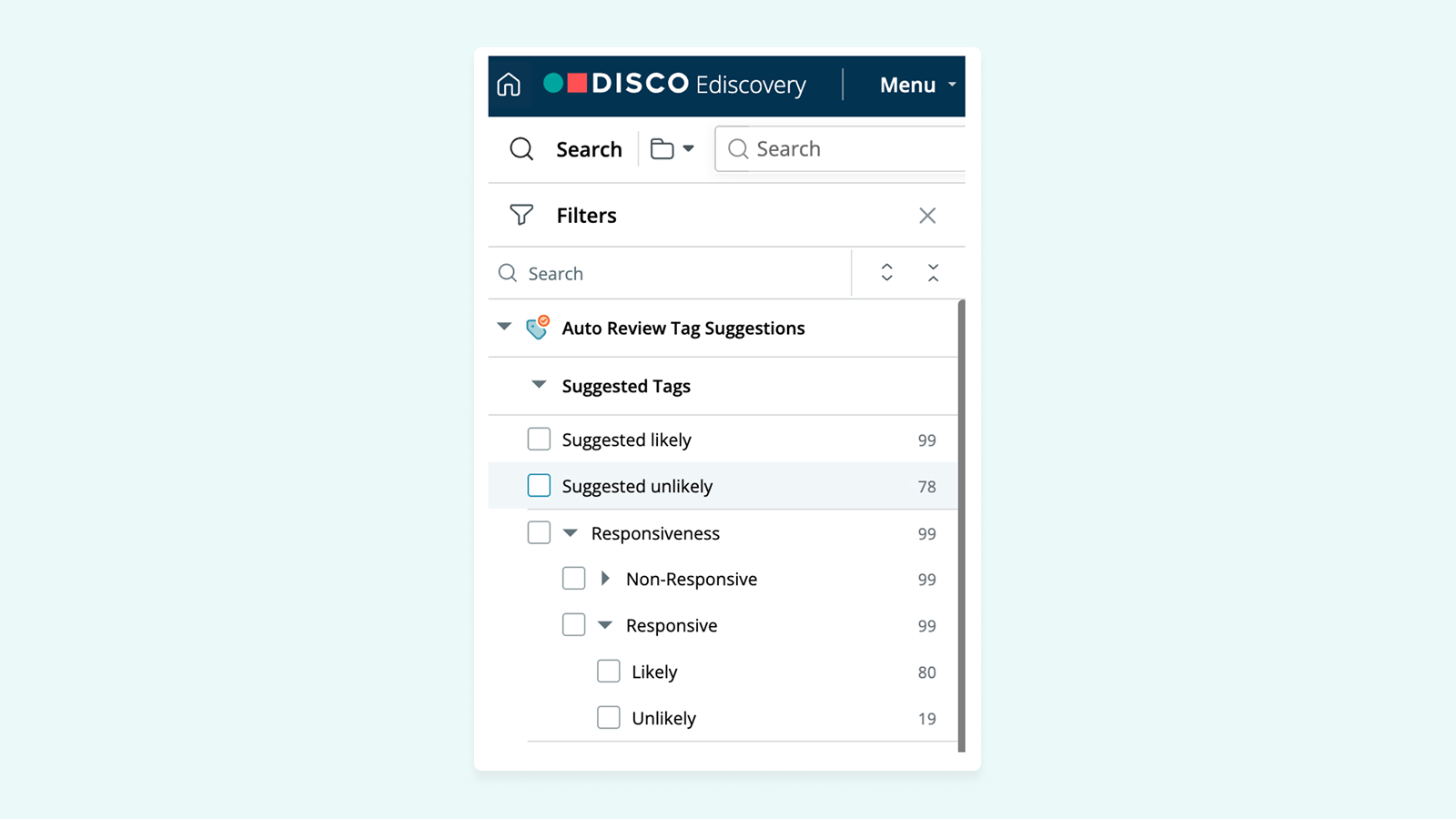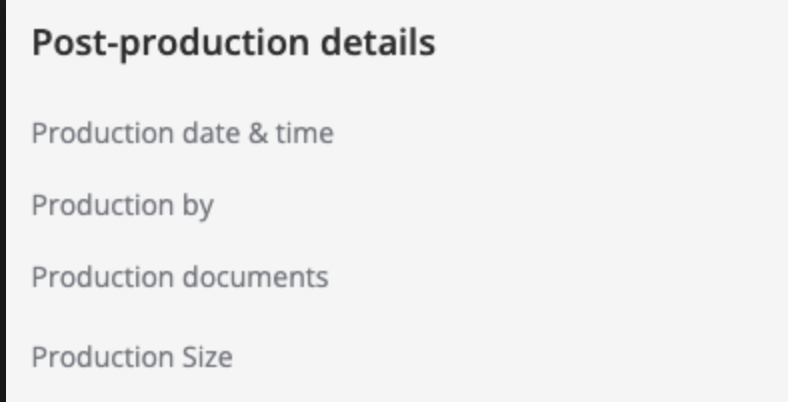⚡️ 1-Minute DISCO Download
Because lawyers don’t have the manpower — and clients don’t have the budget — to explore every possible option in every case, balancing costs against potential benefits is a constant necessity. One such decision is whether to record a deposition and if so, how and when to use the footage, not to mention how new technology can augment the benefits.
Related: DISCO Introduces Cecilia Deposition Summaries, Powered by Generative AI 🤖
The traditional cost-benefit calculation of whether to record a deposition and when to bring that video into review typically centers on a handful of factors:
Cost considerations for deposition videos
Recording videos
The most obvious deposition expense is the hard-dollar cost of videography itself, which can easily double a deposition’s toll. Add to this the synchronization of video to the deposition transcript and costs can climb higher still.
Not using the videos
Many attorneys today are unable to see the benefits of deposition videos until the eve of trial because there aren’t many technologies designed to support the review of videos alongside their transcripts. Attorneys can spend hours struggling with this process, toggling between a video viewer, PDFs or transcript printouts, and a paper binder of relevant exhibits. This context switching can hinder deposition analysis such that fed-up attorneys may stop consulting the video entirely in order to expedite review.
While trial presentation software supports video display in court, these products don’t lend themselves to the simultaneous review of transcripts for motions, memos, or preparation for other depositions leading up to trial, a process that often occurs multiple times as that work product is misplaced or reviewed with a single purpose in mind. The struggles presented by typical workflows for reviewing video footage alongside transcripts can make lawyers feel as though they’ve saved their client considerable costs by avoiding videography altogether.
Unnerving the witness
Occasionally, depositions can also have qualitative costs, such as when a lawyer believes that a witness will be more comfortable and talkative without video. The possibility that a witness may not be as candid if made uneasy by the camera can cause some practitioners to think twice about videotaping the proceedings at all.
Potential benefits of using deposition videos
Presenting with complete context
Playing video of designated testimony for a jury rather than reading the dry transcript is arguably the most impactful benefit of deposition video. Though most cases will never see a jury, every case must be prepared as if it will. Even in out-of-court situations such as mediation or arbitration, being able to demonstrate how a witness said something in addition to what they said can help you put your best foot forward.
Capturing nonverbal insights
No longer relying on memos or reports, attorneys or clients who didn’t attend a deposition can turn to deposition video to readily evaluate witnesses for trial. When the transcript reports “witness nods head” you can see in which direction, or determine if “uh-uh” and “uh-huh” were correctly transcribed. Body language can also be very instructive, often introducing data points such as sweating, stammering, hesitation, desperate glances for help, pausing at length before responding, or covering one’s mouth while speaking. Though you might have missed these cues while recording or forgotten about them, picking up on them early is critical for thorough witness testimony evaluation.
Encouraging best behavior
A counterargument to the risk that video can unsettle a witness is the potential benefit that witnesses (and, it must be conceded, lawyers) may behave more civilly under the videographer’s lens. The possibility that any party devolves into willful intimidation, deception, or manipulation of another tends to lessen when a camera serves as a witness as well.
Weighing costs and benefits like these, many lawyers simply don’t find the overall value of videotaping to be obvious for every deposition — these costs often outweigh the perceived benefits.
This is where DISCO Case Builder can flip the equation for case teams by both reducing costs and adding to the benefits side of the ledger for ordering and using videos. On the costs side, Case Builder synchronizes transcripts to their videos automatically and allows you to easily export clip lists that automate the creation of video clips in trial presentation platforms such as TrialDirector, OnCue, and Sanction. As for benefits, this collaborative deposition review platform makes playing synchronized videos alongside their transcripts painless and easily accessible by the entire case team from their first review, so that you can skip to any moment in the deposition and see how the witness testified or how they will present at trial, and even compare clips from across multiple witnesses simultaneously in a single view.
It’s leveraging these early and full benefits of video review where Case Builder’s benefits really shine. Reviewing a deposition video early will not only free up precious trial preparation hours but can also help you determine what to work on or pursue when there is still time. Even in the more likely scenario that a case settles, deposition video can provide awareness of and insight into potentially case-making moments of testimony that can help attorneys reach a settlement more favorably.
Being able to pinpoint a moment in a transcript on video is a powerful advantage that you should employ for every deposition, especially while you’re reviewing transcripts throughout the case. If you think the costs outweigh the benefits for videotaping depositions, perhaps you need to recalculate — using DISCO Case Builder.






%20(1).jpeg)








